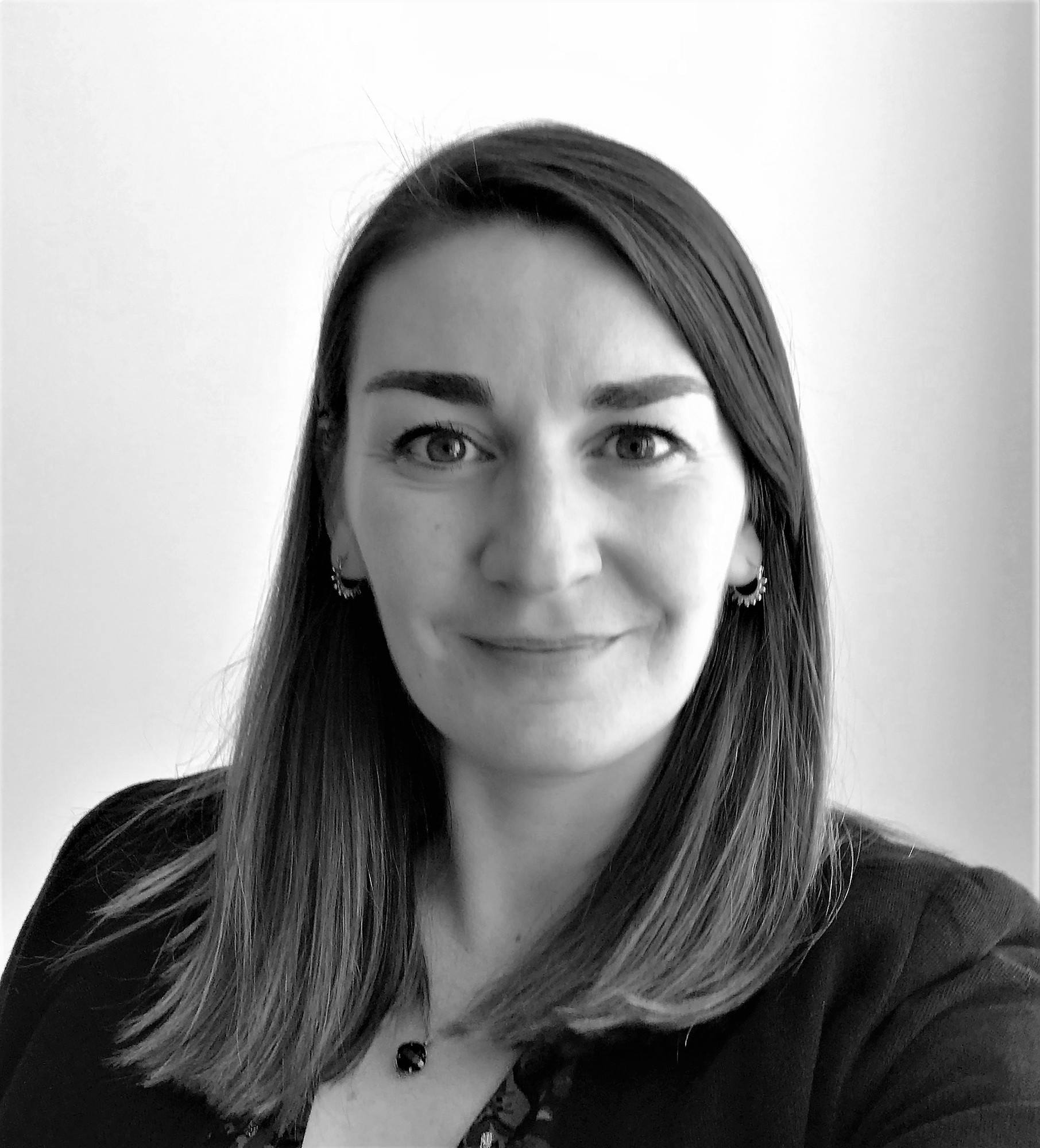

Yves Rocher boosts its international sales teams’ performance with Tableau
Improving business performance: A single BI solution implemented
Responsiveness: Users understand sales trends immediately
Creating “collective intelligence” to manage business performance through data
The Rocher Group is a French family-owned group founded in 1959 by Yves Rocher; it operates in around 100 countries. The Yves Rocher cosmetics brand currently has 30 million customers and 3,000 stores worldwide.
Yves Rocher markets its products through four distribution networks: Retail and Business Development, mail order, e-commerce, and direct sales. Customer data are of strategic importance in managing the business. Since the beginning, the Brand has been a pioneer in customer relations, in terms of both its many sales outlets and its mail order sales.
Emilie Latimier, Global Business Analyst Manager at Yves Rocher, tells us more about how Yves Rocher has capitalized on Tableau to innovate, from optimizing cross-functional team collaboration to improving its sales teams’ performance.
What were the issues facing the sales teams?
Prior to Tableau being implemented, each of our subsidiaries had its own monthly sales reporting tool per channel and its own methods of calculating sales. With a structure like this, a market manager in charge of 10 countries might receive up to 40 monthly sales reports, all in different formats (1 report per sales channel for each subsidiary). Comparing the data was difficult, if not impossible. This is why the company decided to implement a structure and a tool that would provide consistent data in order to deploy its sales performance management policy.
Moreover, in an omnichannel sales model, Tableau is a collaborative solution that supports the breakdown of information.
How did you become interested in Tableau?
Being aware of the strategic value of data, the Group wanted to create a data-driven culture. So we decided to work on standardizing the data and KPIs, to better understand sales trends. To achieve this, we decided to adopt a common definition and common formulas of indicators for all the subsidiaries.
However, at the end of this stage, the market managers continued to receive dozens of pdf files and Excel tables containing information that was still difficult to read and use. We really needed a tool that would allow us to compile the data in an intelligible and visual way. After researching the market, we chose Tableau and decided to deploy the solution at the Yves Rocher Brand level.
How did the implementation phase go?
We worked on an initial retail use case by creating a dashboard for managing sales in retail chains and in-store productivity. To achieve this, we set up a cross-functional team comprising staff responsible for monitoring the performance of the points of sale and of the CRM.
By grouping together this user population, our objective was to configure the solution to meet the information needs of each business. Technically, we linked the Tableau solution to our database. These data are automatically retrieved by the solution each month and displayed in the reporting dashboards.
The Tableau solution was enthusiastically received and quickly adopted. And for good reason: Staff members have gone from black and white pdf reports that are difficult to use to automatic, visual dashboards that are easy to manipulate.
How did you get started and how was the solution received?
The solution was deployed in the Customer Experience, Controlling, and Marketing departments. The Tableau solution was enthusiastically received and quickly adopted. And for good reason: Staff members have gone from black and white pdf reports that are difficult to use to automatic, visual dashboards that are easy to manipulate. We were so excited by the Tableau solution that we wanted to roll it out across the entire company right away. But it was better to proceed one step at a time. For the solution to be adopted by all users, it is essential that it is deployed gradually so as not to lose the user.
Specifically, how does Tableau help you raise your business performance?
By using Dataviz, users can visualize sales trends immediately. They are able to choose specific filter levels according to their needs, whether they are analyzing monthly or quarterly direct sales. Tableau is an agile and flexible solution that saves time and gives teams autonomy. Information can be searched by channel, geographic region, turnover, number of till receipts, shopping cart averages, traffic, conversion rate, etc. This view enables them to quickly identify business risks and opportunities, and to implement more relevant actions, making them more agile.
Moreover, in an omnichannel sales model, Tableau is a collaborative solution that supports the breakdown of information. On the one hand, by making the data available to all staff members, with the same level of information for everyone. And on the other hand, by allowing operations managers in retail, direct sales, mail order, and e-commerce to quickly visualize all reports, regardless of the sales channel. This exchange of information generates contacts between the sales channels and creates collective intelligence for managing business performance.

Emilie Latimier, Global Business Analyst Manager at Yves Rocher
How far have you gotten?
In a year and a half we have gone from 1 to 20 use cases, covering retail, product performance management, pricing strategy, monitoring of e-commerce sites and social selling, as well as CRM performance.
We have increased the skills of our business analysts in creating dashboards through training and coaching in order to develop our Tableau reporting tools internally. We have also deployed the solution in all of the brand’s central functions and set up internal training courses to promote the development of a true self-service data culture, in particular by giving the business teams more autonomy.
Tableau has become the analysis tool of the Yves Rocher brand with 200 active users. Our priority is to focus on consolidating what has been achieved over the last 12 months and to make the various populations and new entrants think instinctively of using Tableau.
What are the next phases?
We want to go further through a training program to make all departments professional in understanding data, so that every decision is taken based on the data of the ecosystem.
In addition, we are entering a new phase with the deployment of our omnichannel monitoring project in our subsidiaries. Tableau will enable operational management of business performance on a daily basis. The challenge is to provide greater granularity and more precise KPIs in order to react to data on a daily basis and thus to become more reactive and agile. We started this project on the French market, with the aim of extending it to other countries over the next few years.